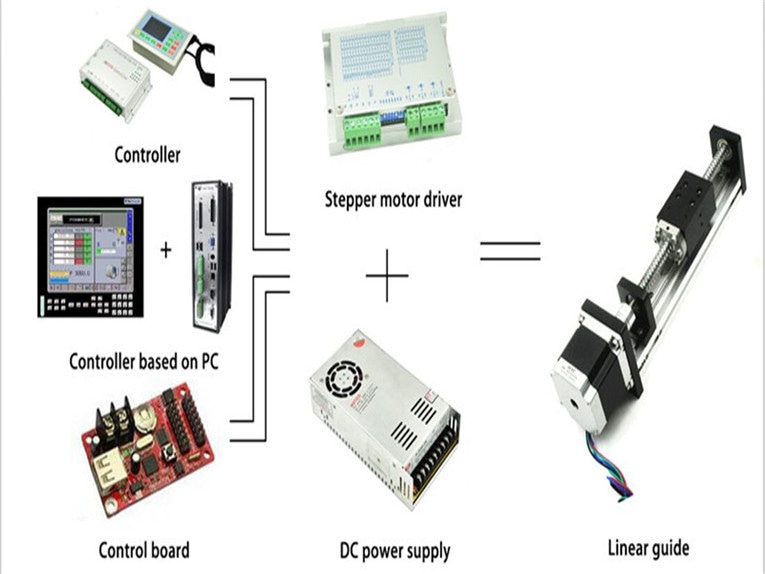10 Questions to Help Decide.
Though the lines can often be blurred, robotics and motion control are not the same thing. They are closely related in many ways, but robots lean towards more “pre-engineered” solutions while motion control leans towards more modular solutions. This small but significant distinction poses a number of aspects for decision makers to consider when choosing the solution that is best for their process. Think about your answers to the following 10 questions and use them as indicators for your decision.
These questions are the building blocks for choosing between robotics and motion control. Use them when designing for your project and keep in mind that the answers are all relative and dependent upon your application.
1. Does a box-like or cylinder-like shape fit your work area/ application better?
Robots tend to be centered around a base, giving them a cylindrical or ball-like work envelope. Cartesian “robots” that break this mold do exist but they are in the minority. While general-purpose motion controllers can be used for robots, they lean more towards modular and linear mechanics that result in XYZ box-like work envelopes, with the rotary axes being moved instead of stationary.
2. Does the solution need to satisfy multiple projects with highly different mechanical requirements?
Robots come in many shapes, sizes, and form factors. The controls can be significantly different from project to project. Modular mechanics are great for mixing and matching axes to optimize performance for the given requirements, because motion controllers are well-suited for controlling many different types of axes.
3. Will you repurpose and reuse the equipment?
If your design happens to be a short-term project or a prototype, then having the flexibility of interchangeable, modular mechanics that can be swapped in and out can be a huge benefit. Singular pieces of motion control elements are easier to transfer among projects than fully-assembled robotic elements.
4. Do the mechanics need to fit in a specific geometry?
With a project that is confined to specific dimensions, modular mechanics are more flexible to different combinations and customization. Robot types like Cartesian, six-axis and selective-compliance-articulated robot arms (SCARAs) are better suited for projects that have a more generic size and space to work within.
5. Do you have highly different requirements for the different directions of motion?
Sometimes the needs of the various axes of motion in a project are vastly different. For example, in an XYZ system, X may require fast and inaccurate motions, Y may require slow and highly accurate motions, and Z may not have requirements for either but focus on force alone. Modular solutions can come with configurable and adaptable components to fit these requirements.
6. Do you have a specific type of programming language, form-factor or architecture that you want to employ?
General-purpose motion controllers come with a dizzying array of capabilities, giving an almost unlimited selection of languages, form-factors and architectures to choose from. The design of robot controllers tend to be more focused on the purpose of the robots they are paired with, simplifying the process of choosing one.
7. How many axes of motion are required for your application?
It is common to see robots with six degrees of freedom that allow them a wide range of motion. If you have an application that will require the use of those six degrees of freedom, robotic control is probably the better option. Designing a system of modular mechanics to use the same DoF as the robot is possible, but can be a challenge.
8. Will you ever want to add on more axes to increase functionality?
Once you’ve implemented the robot, will you ever want to add on an extra axis or two? Robots are pre-engineered systems that do not offer much flexibility for adding on more axes later. Modular motion control, on the other hand, make that much easier to do. For example, an engineer could purchase an 8-axis controller and just two axes of mechanics. Later on, more axes could be added and later still, additional axes could be implemented again.
9. Are any other higher-level functions required beyond the motion?
The implementation of other important factors such as machine control, remote I/O and data collection should all be taken into consideration when designing for your process. Many motion controllers have the ability to become “machine” controllers, which means they have the capabilities and processing power to handle more than just the motion control at the heart of the application.
10. What are the environmental concerns?
Robots are easier to protect in extreme environments. Some even come predesigned for specific requirements, like IP69K. While not impossible with modular mechanics, there are numerous hurdles to overcome if they will be exposed to harsh environments.
Post time: Nov-18-2019








